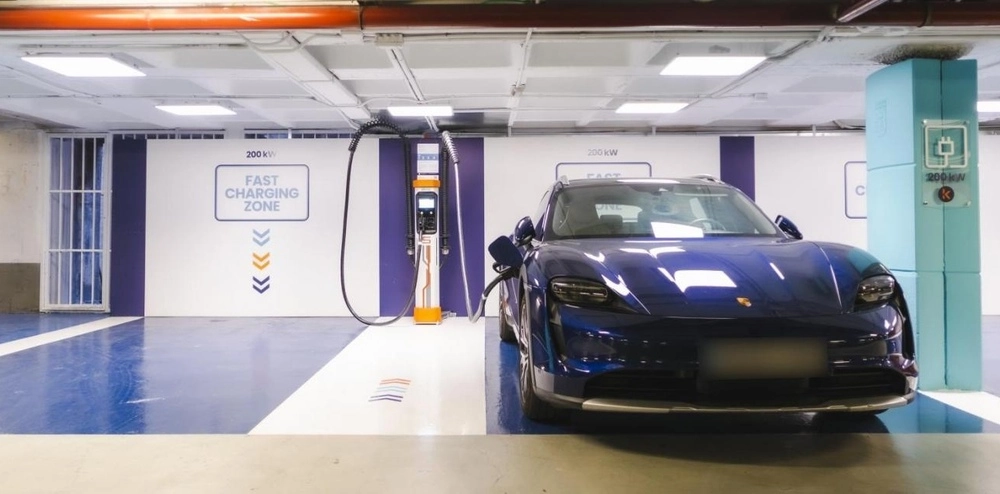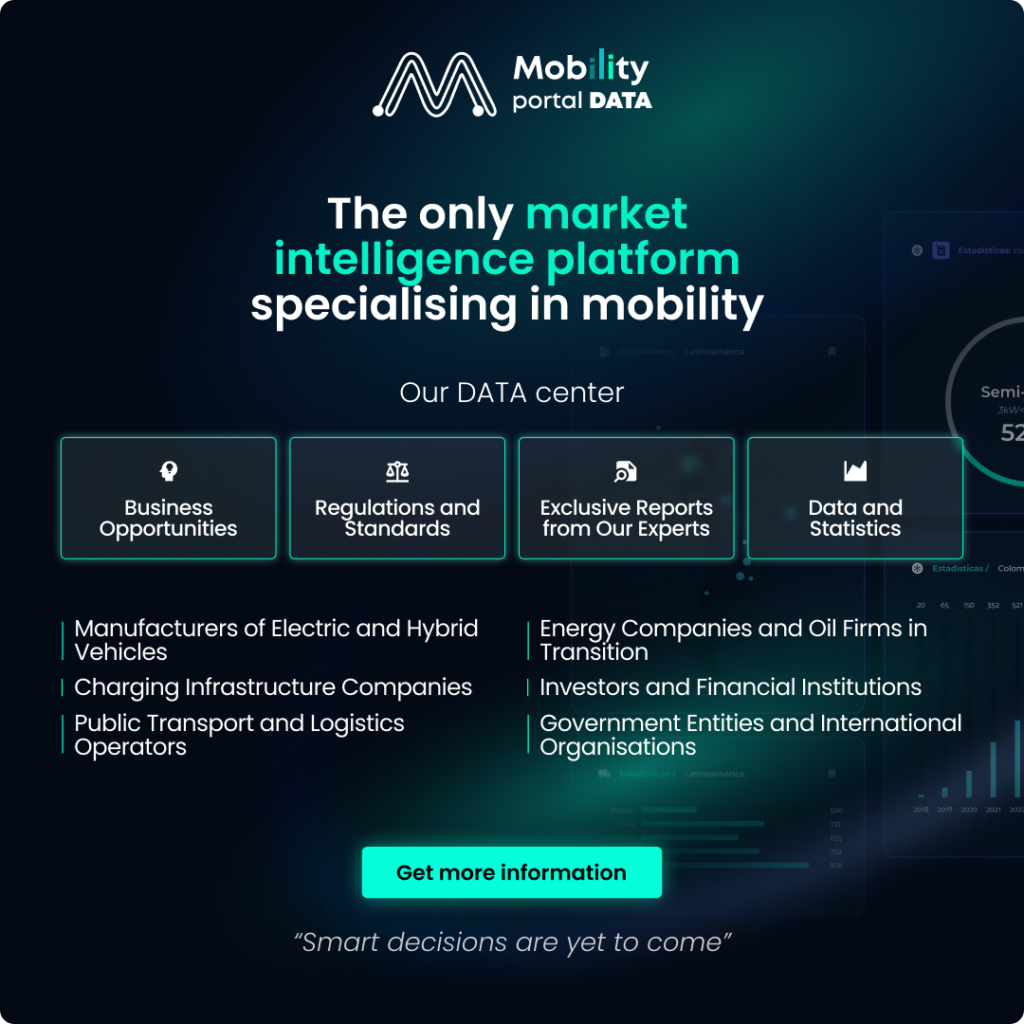Telpark has recently set itself the goal of installing 90 ultra-fast charging points in the centre of 13 Spanish cities before the end of the year, reaching a total of 1,000 in 2024, in line with its vertical integration model.
What does it consist of?
According to José María García-Hoz, Managing Director of Electric Vehicles, this is based on three fundamental pillars: strategic locations, proximity to users and the development of its own technology.
“In the end, we are the only operator that is vertically integrated when it comes to charging points,” he told Mobility Portal España.
Telpark prioritizes the location of its parking lots in key urban centers of cities such as Madrid, Bilbao or Granada, with accessibility that benefits both individuals and professional services.

“This gives us a closer relationship with the user and the ability to attract demand, which places us in a rather unique position,” García-Hoz points out.
In this context, Telpark understands mobility as “a game of collaborations”.
This is why it works together with renowned charger manufacturers such as Power Electronics and Ekoenergetyka.
What are the criteria for choosing a supplier and installer?
The selection of devices is carried out taking into account the specific limitations of the space available at each location.
Meanwhile, the installers they work with are medium-sized companies that provide flexibility and a good capacity for regional adaptation.
García-Hoz highlights that this regionalised model has facilitated implementation in various communities: “There is a portfolio of high-quality installers.”
Another crucial criterion for Telpark is the technological integration with its platform, which guarantees efficient control of the maintenance, configuration and pricing of charging devices.
“This solution is our own development, it is not a third-party product,” says García-Hoz.
This approach allows them to have a robust system aligned with market demands.
Its mobile application is the most used and downloaded in the parking sector in the Iberian Peninsula, with more than 5 million users.
Currently, the operator has 950 chargers installed, of which 800 are operational.
“We hope to have more than 1,000 units by the end of the year,” anticipates the Managing Director.
This goal is aligned with the deployment of 90 200 kW ultra-fast charging points in the centre of 13 Spanish cities, supplied with 100% renewable energy, in some cases generated on-site using photovoltaic installations.
The collaboration of the Institute for Energy Diversification and Savings (IDAE) has been key to accelerating this project.
In this context, Telpark seeks an equitable deployment throughout the Iberian Peninsula, working in regions such as Andalusia, Galicia and the Basque Country, beyond the usual centres such as Madrid and Barcelona.

And not only that.
The CPO is also focusing on the neighbouring country, where four fast-charging stations will soon be opened and where it already has 190 operational chargers.
“In Portugal, 20% of registrations are 100% electric cars, and our intention is to continue growing there as well,” explains García-Hoz.
What challenges does Telpark face?
The mass deployment of electric chargers is not without its challenges.
José María García-Hoz stresses that, although Spain has made progress with the introduction of new laws to streamline procedures related to electricity distribution, this aspect remains one of the main challenges.
“It is sometimes difficult to work with the distributor and to ensure that the process of requesting supplies, returning them, opening and closing files is efficient,” he explains.
However, it should be noted that Telpark has a strategic vision that goes beyond the simple installation of charging points.
The operator seeks to transform its car parks into multifunctional mobility hubs that integrate services for electric vehicles, VTCs, carsharing and other sustainable transport options.
“We want parking lots to stop being black holes for cars and become a place where you can really adopt different mobility options,” he emphasizes.
At the same time, the CPO is exploring opportunities for expansion outside its car parks.
“Our goal is not only to limit our presence to car parks, but also to expand to public roads, where we already manage some charging networks,” he explains.








